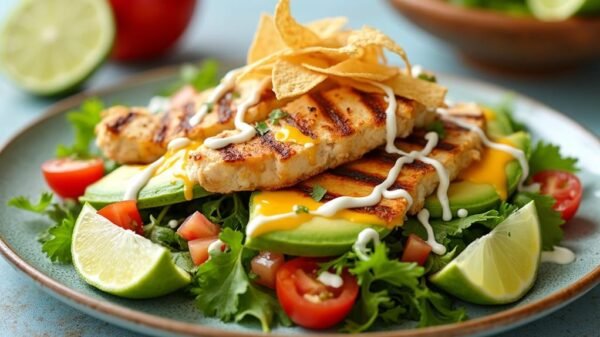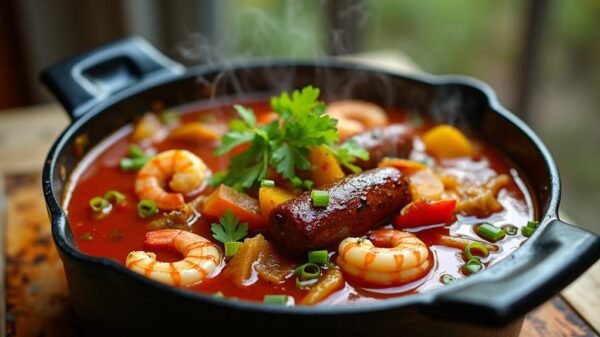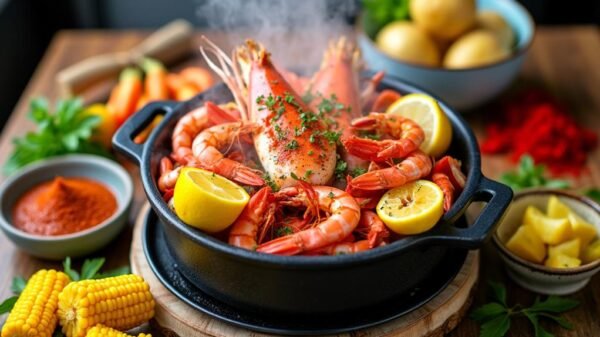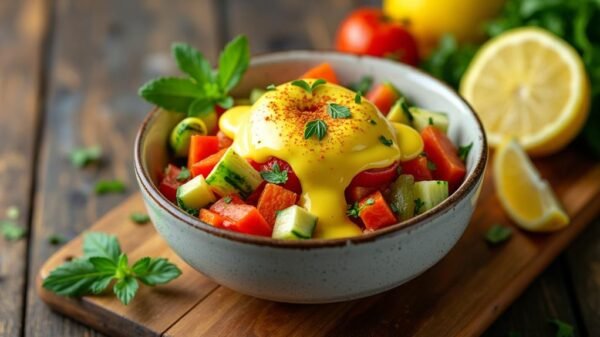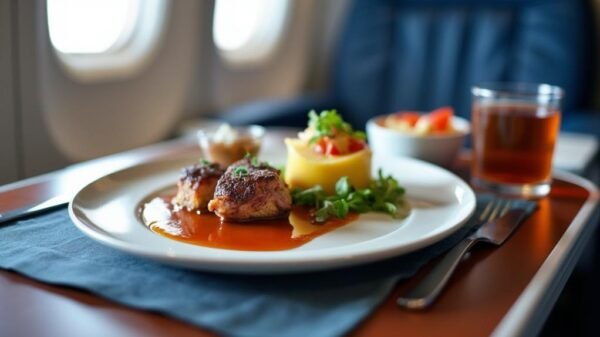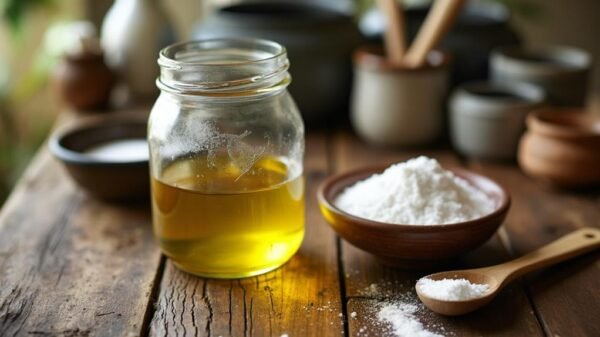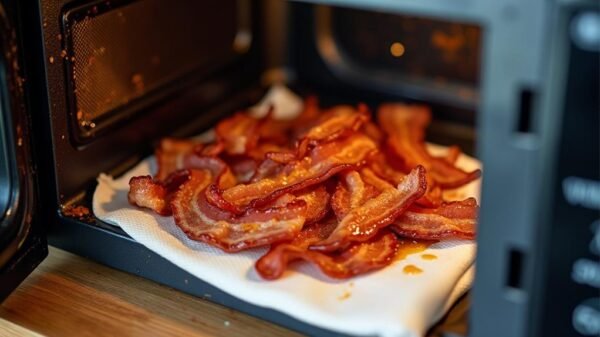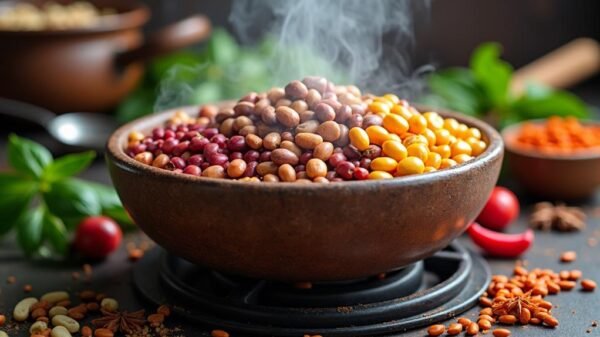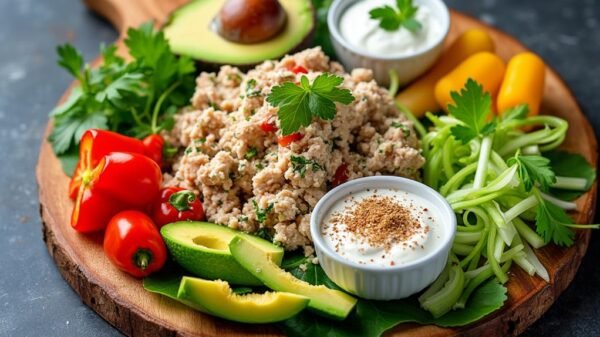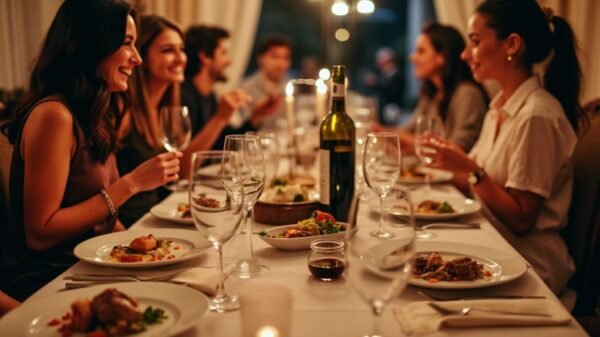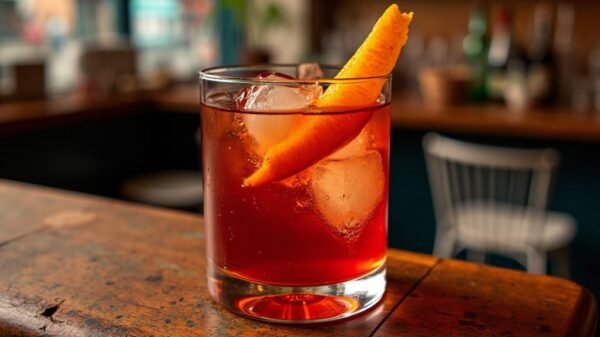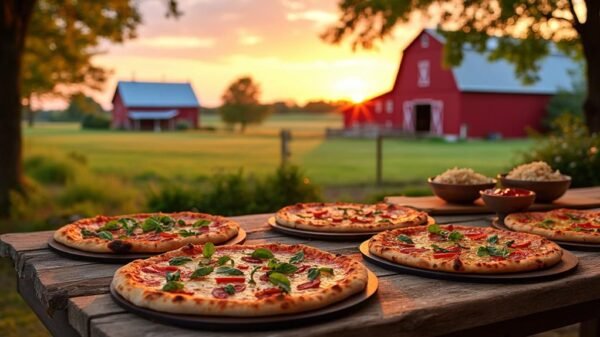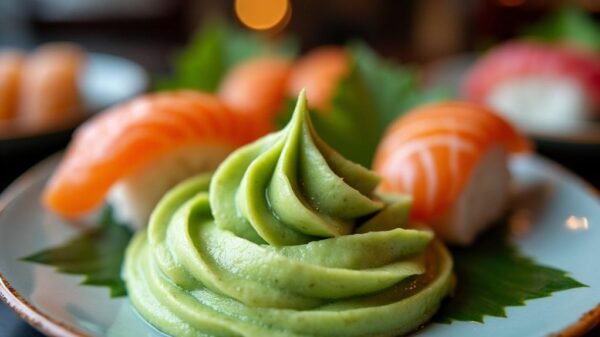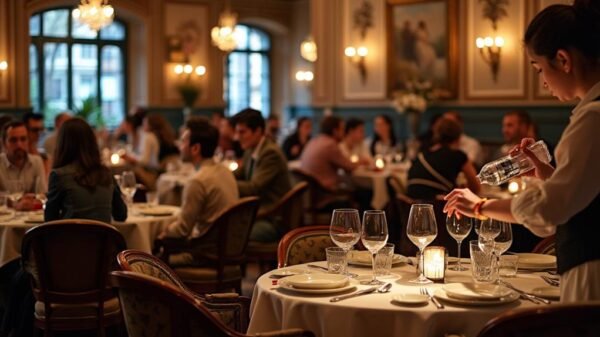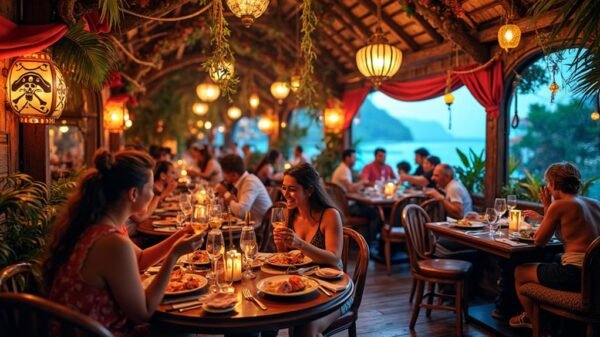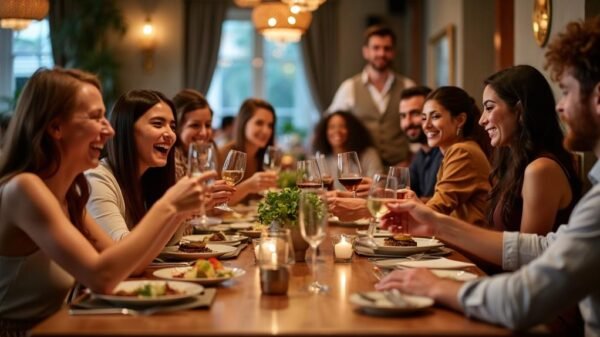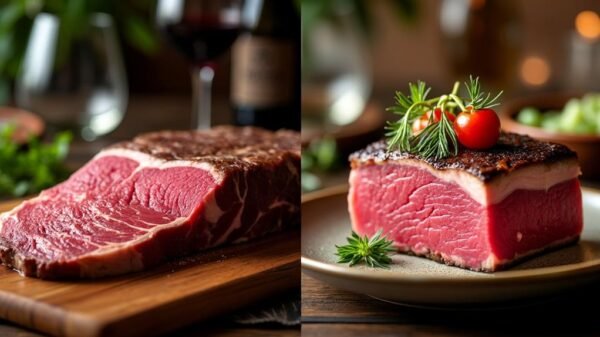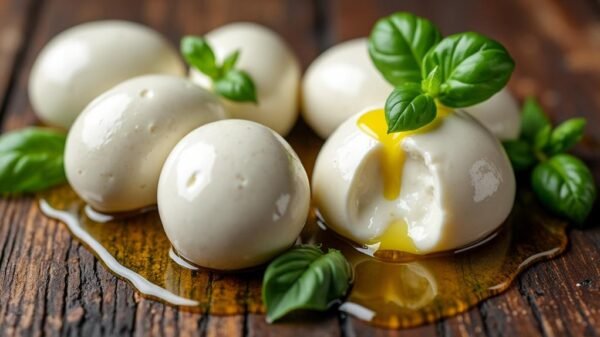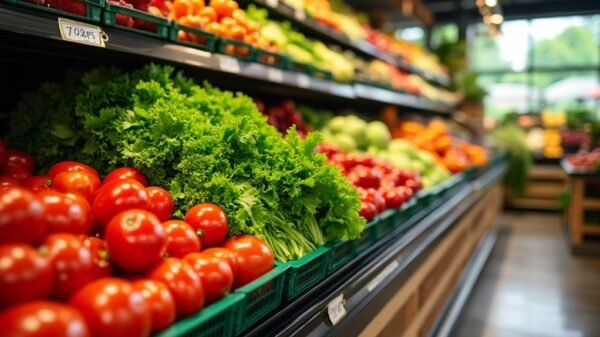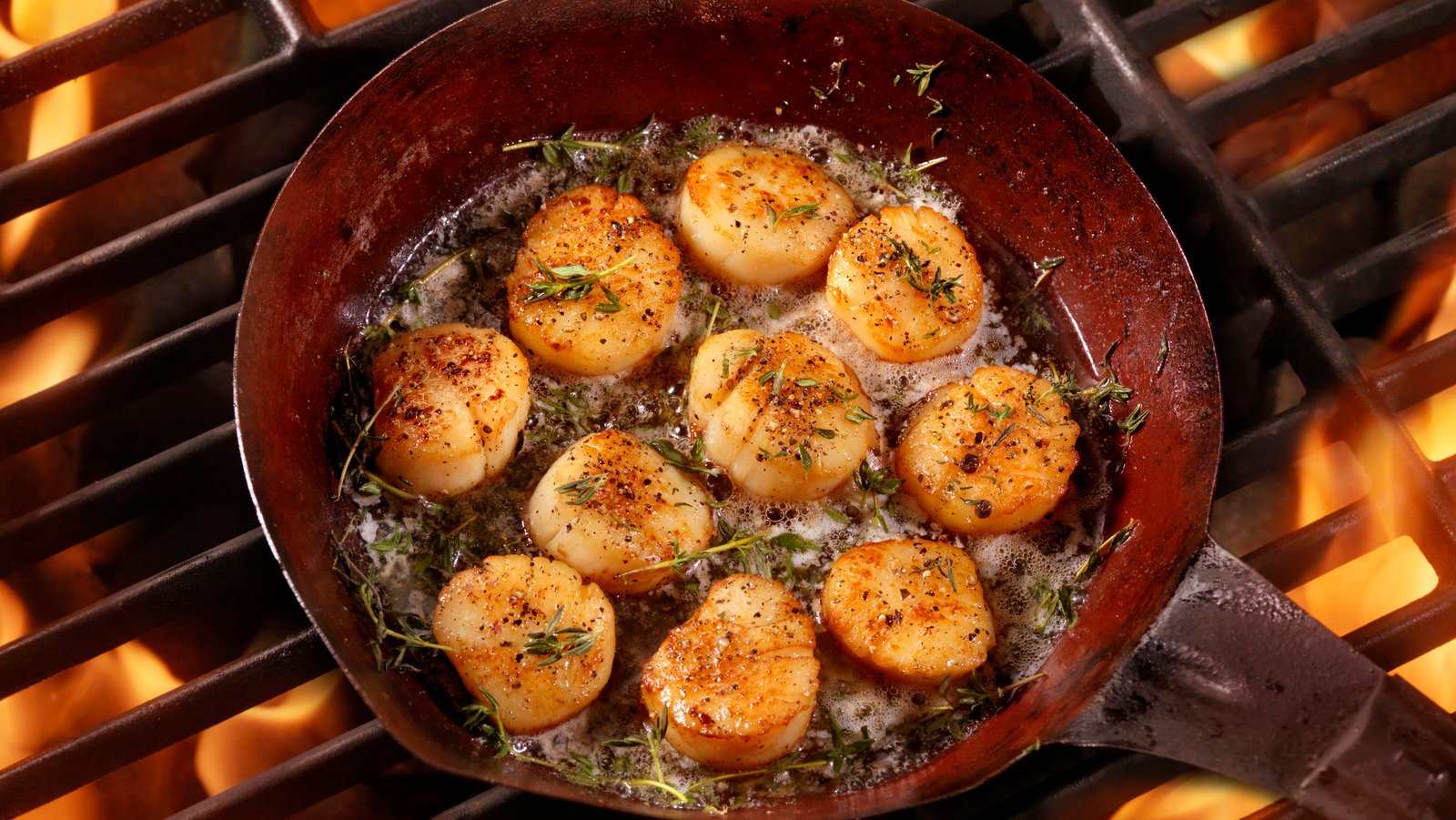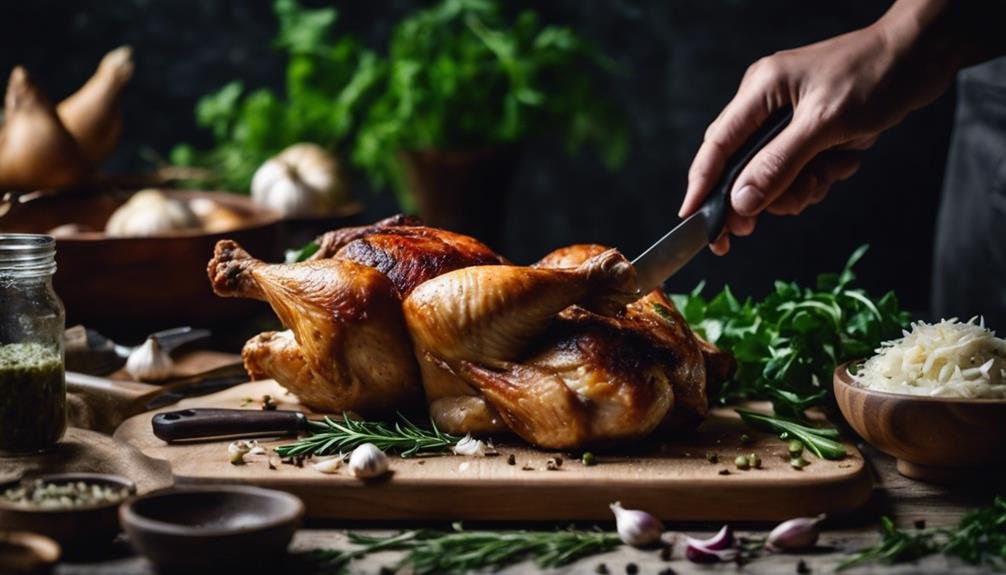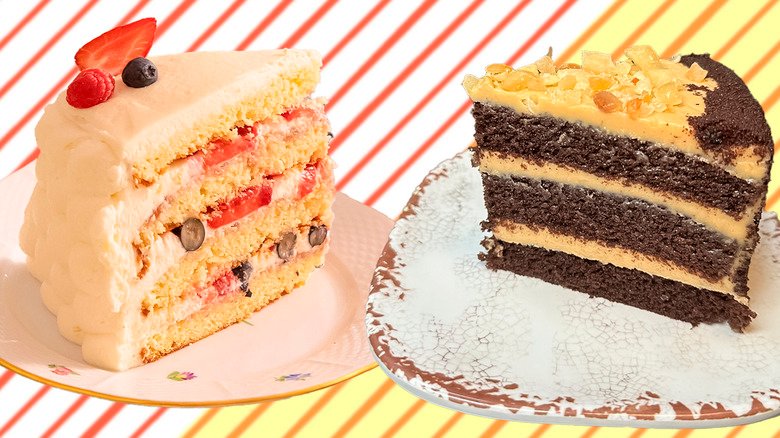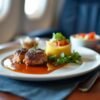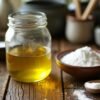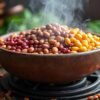Cooking Bay Scallops: A Guide to Perfection
Bay scallops are small, tender shellfish known for their subtly sweet flavor and delicate texture. Unlike their larger counterparts, the sea scallops, bay scallops provide a wonderful culinary experience when cooked properly. This article aims to provide insights into the best techniques for cooking bay scallops, seasoning ideas, and serving suggestions to help you enjoy this delightful seafood.
Choosing the Right Scallops
When selecting bay scallops, freshness is key. Look for plump, translucent specimens that are free from any unpleasant odor. Fresh scallops should have a mild, briny scent reminiscent of the ocean. Various brands and suppliers offer high-quality bay scallops, so it’s advisable to purchase them from reputable seafood markets or grocery stores. For a delightful dish that leaves a lasting impression, attention to sourcing will set the foundation for an exceptional meal.
Cooking Techniques for Bay Scallops
The ideal method for cooking bay scallops aims to preserve their natural sweetness and tender texture. Experts recommend high-heat cooking methods such as sautéing or broiling. Chef Kory Foltz from the Sunseeker Resort emphasizes quick cooking, stating, "Always cook any scallops fast and with high heat." This method prevents the scallops from becoming rubbery, a common issue with overcooking.
Sautéing Method
To sauté bay scallops, begin by heating a skillet over medium-high heat. Add a pat of butter or a splash of olive oil, letting it become hot but not smoking. Once the pan is ready, carefully place the scallops in a single layer. Avoid overcrowding the pan, as this can impede the cooking process. Cook for about 2-3 minutes on one side until golden brown, and then flip and cook for an additional minute.
Broiling Method
Broiling is another excellent option for cooking bay scallops. Preheat your broiler to high and place the scallops on a baking sheet, brushing them lightly with oil or melted butter. Broil for about 2-4 minutes until the edges begin to turn golden and the scallops are opaque.
Timing and Temperature
Regardless of which method you select, keep a close eye on the cooking time. The ideal internal temperature for bay scallops is between 125°F to 130°F. It is essential to remove them from heat once they reach approximately 115°F, as they will continue to cook from residual heat.
Seasoning Bay Scallops
When it comes to seasoning bay scallops, simplicity often yields the best results. Chef Jeffrey McInnis recommends a hot pan sautéed quickly with butter, enhancing the natural flavor without overpowering it. Adding a sprinkle of sea salt and cracked black pepper can elevate the dish without masking the scallops’ unique taste.
Creative Flavor Enhancements
If you desire a more adventurous approach, consider using infused oils or specialty butters. For instance, ‘nduja butter—a spicy, spreadable salami-infused butter—adds a unique kick that pairs wonderfully with scallops. Fresh herbs, such as parsley or chives, and a squeeze of citrus can also provide a refreshing contrast that enhances the overall flavor profile.
Pairing Suggestions for Bay Scallops
To create a balanced meal, pairing bay scallops with complementary ingredients is vital. Their sweetness works well with creamy pasta dishes, fresh salads, or light couscous. A classic combination is to serve them atop a bed of lemon-infused linguine or alongside seasonal vegetables like asparagus or cherry tomatoes.
Serving Ideas
For an elegant presentation, consider plating the scallops with a drizzle of balsamic reduction or a light vinaigrette. Garnishing with microgreens or edible flowers adds a sophisticated touch, perfect for serving guests.
Enjoying Your Creations
Cooking bay scallops may seem intimidating, but with the right techniques and attention to freshness, they can be a staple in your repertoire. Whether you choose to sauté or broil, the resulting dish will deliver a delightful taste of the sea that impresses at any dinner table. Preparing this exquisite seafood not only showcases your culinary skills but also offers a chance to explore flavors and textures that are sure to please your palate.


